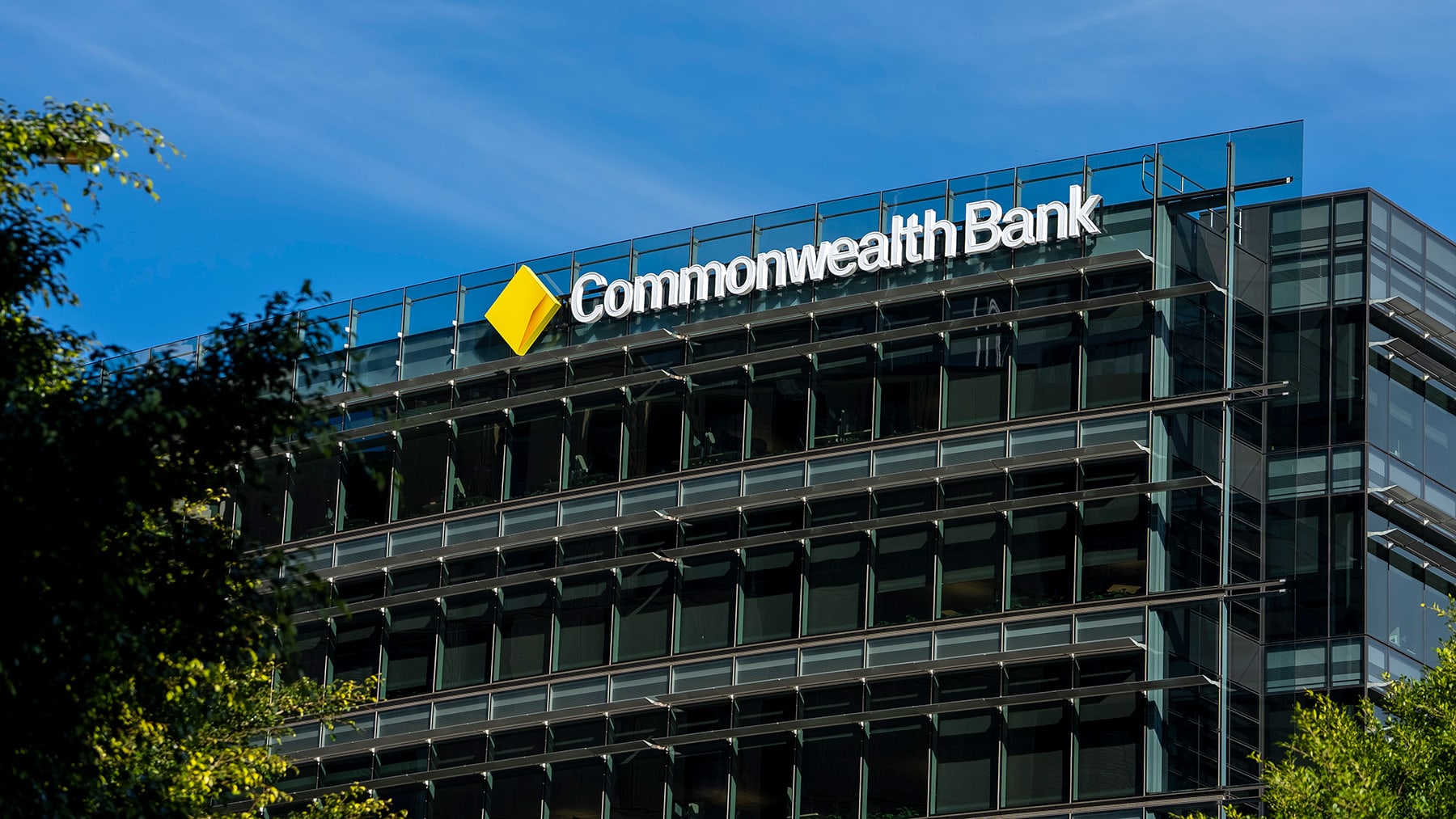Borrow
Will this decade be the downfall of card-based payments?
2019 payment technology was all about artificial intelligence, blockchain, biometrics and the internet of things. But this year, it’s all about instant bank-to-bank payment systems.
Will this decade be the downfall of card-based payments?
2019 payment technology was all about artificial intelligence, blockchain, biometrics and the internet of things. But this year, it’s all about instant bank-to-bank payment systems.

According to Sam Murrant, GlobalData’s senior payments analyst, this transaction type will be the most transformative technology for payments in 2020.
“The ability to send money in real time between bank accounts has obvious applications for remote payments,” he outlined, with many popular online and P2P payment services in the developed world relying on such systems to underpin “fast, cheap domestic transfers”.
For the analyst, “the real prize” moving into a new decade exists at the point of sale.
While long dominated by cards, Mr Murrant said instant payment systems can offer much lower processing costs than cards.

They can also offer functionality such as P2P payments and settlement speeds that card-based payments can’t match – an attractive proposition for consumers.
As a result, instant payments are becoming “a direct threat to card-based payments infrastructure”, the analyst noted, despite this only being within markets with the infrastructure for such payment systems to exist.
“Visa and Mastercard are already well aware of these existential threats to the business model, on which they have relied for decades, and have made moves to buy companies and invest in technologies to retain relevance as instant payment become more popular and prevalent,” he commented.
Such forecasting is what led Mastercard to its 2016 purchase of instant payments infrastructure specialist VocaLink, Mr Murrant explained, with the company having built numerous instant payment systems since.
But the factor that will really drive instant payments over the next year, according to the analyst, was the 2019 development of TIPS – a cross-border instant payment system based on SCTInst infrastructure.
It allows for transfers between participating banks in the Eurozone, representing “a step outside of domestic payments markets”.
Mr Murrant flagged that TIPS “has already set its sights on disrupting POS payments, and if it can build enough of a user base via P2P, it will be able to make a strong case for merchant acceptance based on its much lower costs per transaction than card-based payments”.
The one major challenge holding such systems back from truly competing with the card-based infrastructure currently dominating the cross-border payments market is “making them interoperable with one another”, he noted.
“Once that starts to happen, the card-based infrastructure will rapidly fade into the background.”
But for now, according to Mr Murrant, “instant payment systems will continue to build domestic momentum leading up to challenging the card schemes at the point of sale”.
About the author

About the author


Banking
Brokers own the mortgage funnel: Why a 77% share is reshaping bank strategy in Australia
Australia’s mortgage market has quietly consolidated around one gatekeeper: the broker. With brokers facilitating roughly 77% of new home loans, distribution power has migrated from bank branches to ...Read more

Banking
Commonwealth Bank leads consideration while People First Bank tops satisfaction in YouGov’s latest rankings
In a revealing snapshot of Australia's banking landscape, the Commonwealth Bank (CBA) has emerged as the most considered financial institution among prospective customers, according to YouGov's ...Read more

Banking
End of the easing: what a major bank’s call signals for Australian balance sheets
A major Australian bank now argues the Reserve Bank’s rate-cut run has hit a pause, resetting the risk-free rate narrative across corporate Australia. The Reserve Bank of Australia’s latest Statement ...Read more

Banking
Open banking, real returns: How an Australian brokerage turned CDR data into deal velocity
Open banking is no longer a whiteboard theory—it’s a working growth engine. This case study unpacks how a mid-sized Australian brokerage (“Pink Finance”) operationalised Consumer Data Right (CDR) data ...Read more

Banking
Open banking’s quiet revolution: how one broker’s data play rewrites speed, trust and margin
Open banking is shifting from compliance cost to commercial engine, and early adopters in Australia’s broking market are already monetising the curve. The playbook: consented bank-grade data piped ...Read more

Banking
Open banking in action: An early adopter’s playbook—and the ROI case for Australian brokers
Open banking is shifting from conference buzzword to operational backbone in Australia’s broking sector. Early adopters are using bank-grade data and AI to compress underwriting cycles, cut compliance ...Read more

Banking
Australian brokerage pedals ahead using consented data for a speedy advantage
Open banking is no longer a concept; it is an operating model shift changing how brokers originate and package credit. Australia’s early movers, backed by the Consumer Data Right (CDR) and a ...Read more

Banking
BOQ’s mortgage squeeze is a market signal: where banks will win next as competition bites
Bank of Queensland’s shrinking home-loan book is more than a single-institution story; it’s a barometer of how Australia’s mortgage market is being rewired by broker power, non-bank agility and ...Read more

Banking
Brokers own the mortgage funnel: Why a 77% share is reshaping bank strategy in Australia
Australia’s mortgage market has quietly consolidated around one gatekeeper: the broker. With brokers facilitating roughly 77% of new home loans, distribution power has migrated from bank branches to ...Read more

Banking
Commonwealth Bank leads consideration while People First Bank tops satisfaction in YouGov’s latest rankings
In a revealing snapshot of Australia's banking landscape, the Commonwealth Bank (CBA) has emerged as the most considered financial institution among prospective customers, according to YouGov's ...Read more

Banking
End of the easing: what a major bank’s call signals for Australian balance sheets
A major Australian bank now argues the Reserve Bank’s rate-cut run has hit a pause, resetting the risk-free rate narrative across corporate Australia. The Reserve Bank of Australia’s latest Statement ...Read more

Banking
Open banking, real returns: How an Australian brokerage turned CDR data into deal velocity
Open banking is no longer a whiteboard theory—it’s a working growth engine. This case study unpacks how a mid-sized Australian brokerage (“Pink Finance”) operationalised Consumer Data Right (CDR) data ...Read more

Banking
Open banking’s quiet revolution: how one broker’s data play rewrites speed, trust and margin
Open banking is shifting from compliance cost to commercial engine, and early adopters in Australia’s broking market are already monetising the curve. The playbook: consented bank-grade data piped ...Read more

Banking
Open banking in action: An early adopter’s playbook—and the ROI case for Australian brokers
Open banking is shifting from conference buzzword to operational backbone in Australia’s broking sector. Early adopters are using bank-grade data and AI to compress underwriting cycles, cut compliance ...Read more

Banking
Australian brokerage pedals ahead using consented data for a speedy advantage
Open banking is no longer a concept; it is an operating model shift changing how brokers originate and package credit. Australia’s early movers, backed by the Consumer Data Right (CDR) and a ...Read more

Banking
BOQ’s mortgage squeeze is a market signal: where banks will win next as competition bites
Bank of Queensland’s shrinking home-loan book is more than a single-institution story; it’s a barometer of how Australia’s mortgage market is being rewired by broker power, non-bank agility and ...Read more








